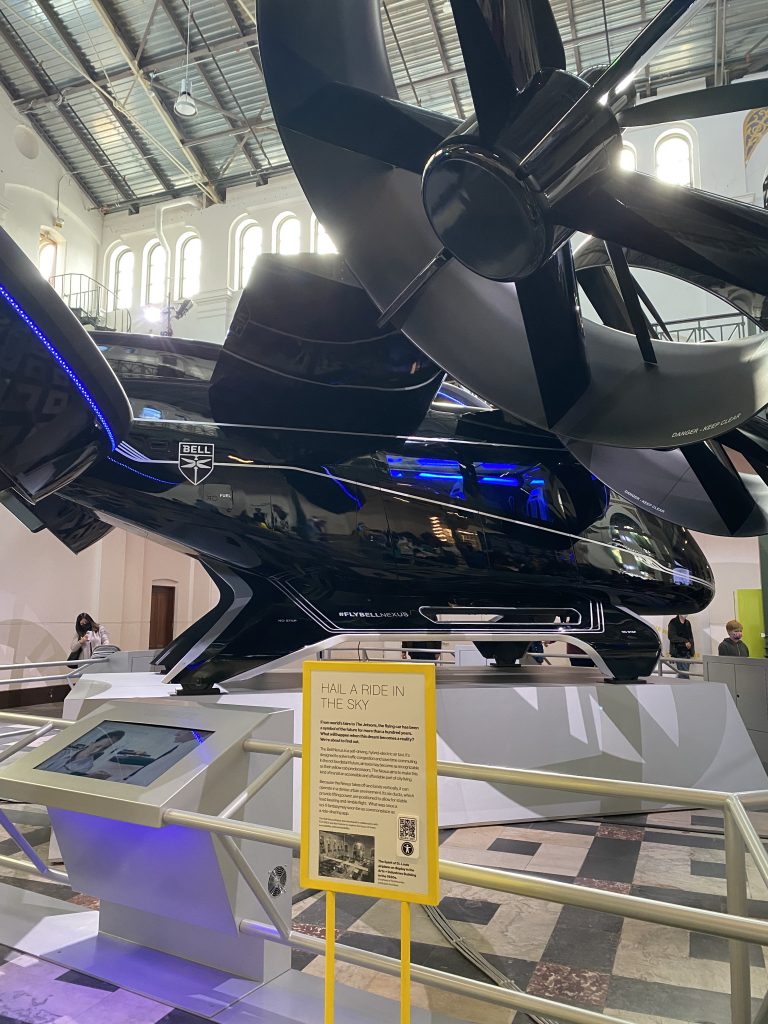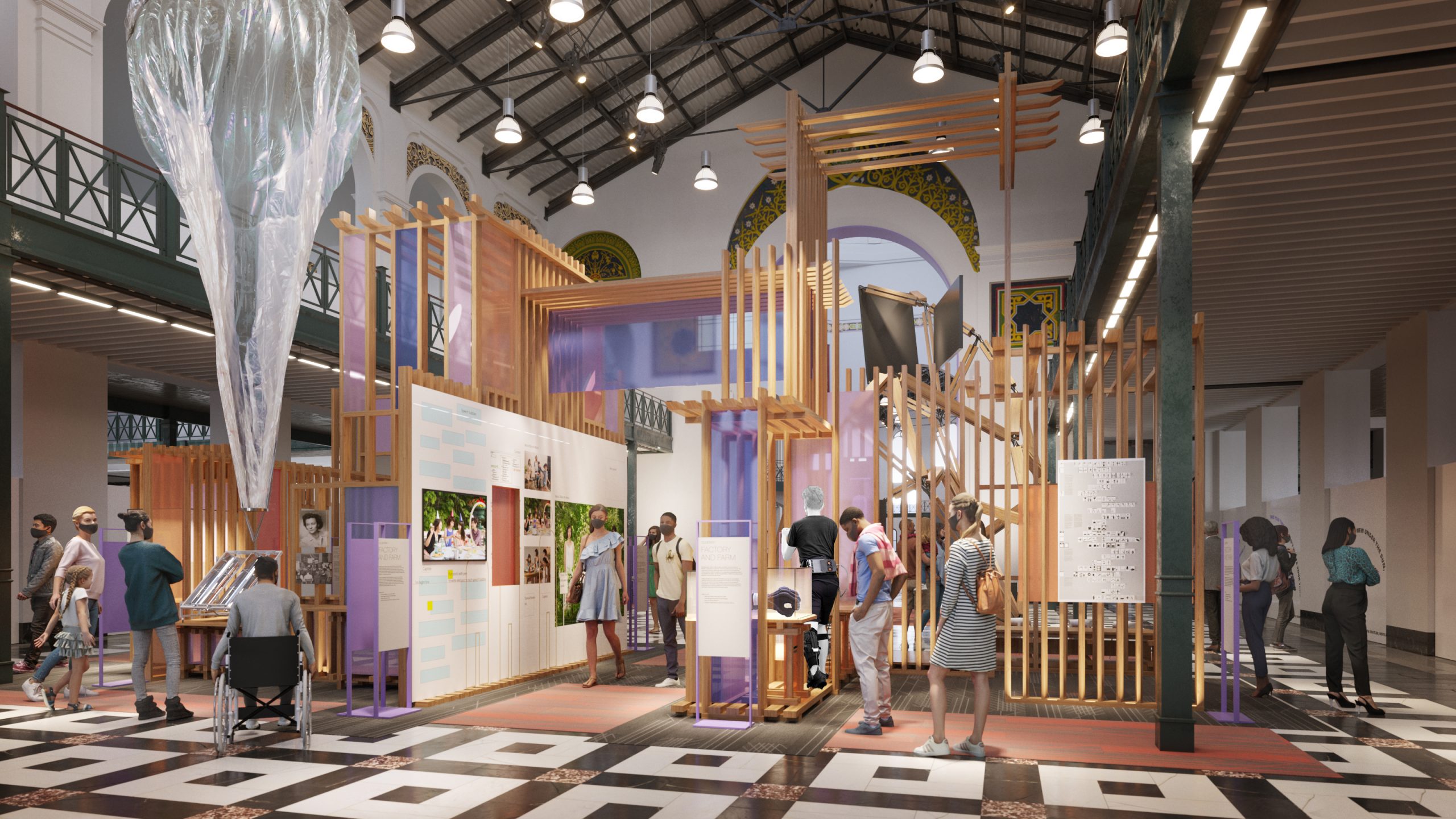Thinking about the future of museums is a large, daunting task. Where will museums stand in culture, in communities, in education? Even now, we already see museum culture shifting in both purpose and attitude. Instead of placing emphasis and value solely on collections, museums have started to value the community connection they foster with their neighbors, the opportunity to bring people together into a common, though not neutral, space. Through this, we have even seen museums facilitate difficult conservations regarding race, immigration, healthcare, and other polarizing topics. And though this change is ultimately for the better, there is still a lingering question of whether museums can sustain themselves in this space between discussion and action.
The Smithsonian Arts + Industries Building recently reopened after being closed for nearly two decades, and its current exhibit tackles that very question of how museums can move between discussion and action. FUTURES is a building-wide exhibit that asks visitors to consider what their futures look like – Have humans started to colonize other planets? Is healthcare more streamlined and accessible? Does agriculture become more efficient with groundbreaking technology? FUTURES gives visitors an opportunity to explore all of these possibilities through real innovations being developed today.

Smithsonian Arts + Industries Building, FUTURES
During my visit to the Arts + Industries Building, I was constantly asked and prompted to consider how these technologies would affect my own future and how museums facilitated the development of some of these inventions. At first, like many others, I was confused by the latter part of the question. How could museums have affected the invention of something like the Bell Nexus, a self-driving hybrid-electric air taxi? Watching visitor reaction to innovations like this made the answer clear: museums inspire visitors to create innovations like these. The beauty of FUTURES is that you can trace nearly all of the inventions on display from concept all the way to development and that concept often starts with a question or a problem. FUTURES is a celebration of people asking questions and exploring their creativity; it is a reminder of the importance of exposing ourselves to bigger things around us.

The Bell Nexus air taxi
FUTURES is an opportunity for visitors to think more holistically about the futures of our communities; it is also an opportunity for museums to consider how they can foster this curiosity in visitors and encourage exploration and innovation.

Smithsonian Arts + Industries Building, FUTURES
To learn more about FUTURES and the Smithsonian Arts + Industries Building, visit their website here.








